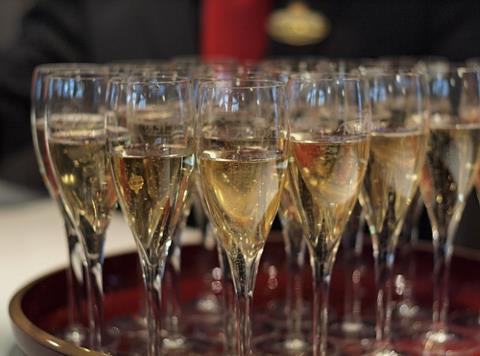
Brits are ditching champagne for prosecco and gin, sending sales of posh fizz plummeting ahead of Christmas.
Value sales of champagne have fallen by a whopping £24m (7.4%) over the last year, exclusive research by The Grocer reveals - that’s 1.5 million fewer litres, or 2.1 million 750ml bottles [Nielsen 52 w/e 9 September 2017].
Thirty of the UK’s top 50 champagne brands are in decline, with the top four - Moët & Chandon, Lanson UK, Veuve Clicquot and Bollinger - losing a combined £3.7m between them. Heidsieck Monopole, the UK’s sixth-biggest brand, suffered the biggest loss of any brand. It is down £4.3m, almost a third of its value.
Shoppers were “making a clear switch” from champagne to sparkling wines, said Nielsen client business partner Helen Stares. “It tends to be the entry-level retailer exclusive brands that are losing here, as shoppers move into buying prosecco.”
Indeed, own-label champagnes fared even worse than brands, with sales down £14.3m as Brits sank almost a third (32.4%) less than they did last year, while sales of prosecco, cava and other fizz are surging, up £80m (10.7%) over the same period, on volumes up 9.7%.
People were being “quite cautious about their spending habits” but still looking to treat themselves, said Stares. “The average price of a bottle of sparkling wine is £6.95, barely having increased compared with last year. In contrast, the average price of a bottle of champagne has increased by over 7% and is now over £21.”
Plaza Centro prosecco, a Tesco exclusive, saw sales surge by £21m (31.4%) to £84m, while Canti upped its value by a quarter (£7.3m) to £36m. Brits have gone nuts for English fizz, too, with Kent winemaker Chapel Down growing sales by £1.3m (67.4%) and Nyetimber by £208k (5.8%) [Nielsen].
English sparkling was “leading the trend” said Chapel Down managing director for wines & spirits Mark Harvey. “Cool climate wines are in vogue - consumers understand the challenges of producing wines in these conditions and appreciate the consistently high quality they can deliver, and are prepared to pay a premium.”
But English wine producers might struggle to meet demand if shoppers’ enthusiasm continued to grow, he added. “We are managing the growth rate to ensure we do not over-extend our distribution.”
However, shoppers aren’t just switching to sparkling wine, with some also moving into gin and craft spirits, according to Stares. “People are paying an average of £14.27 for a bottle of gin, and even with mixers added, this offers drinkers better value in terms of price per drink - something important to cost-conscious buyers.”



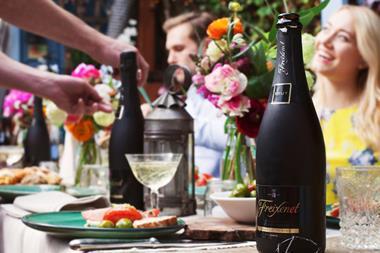
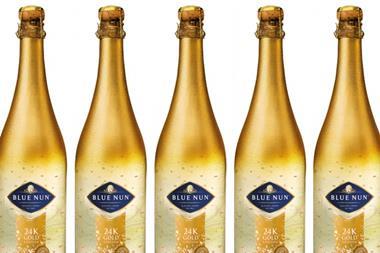
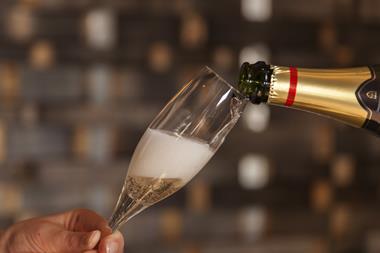
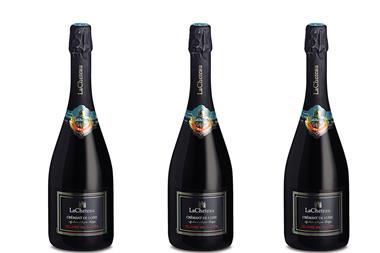
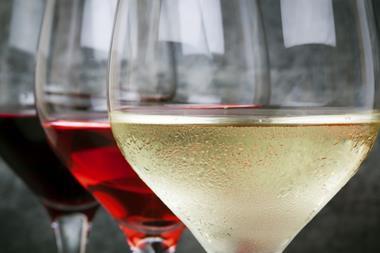
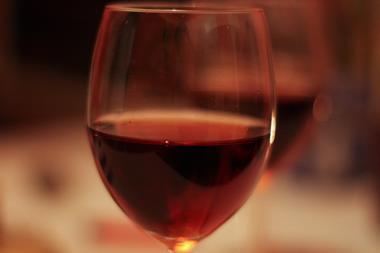
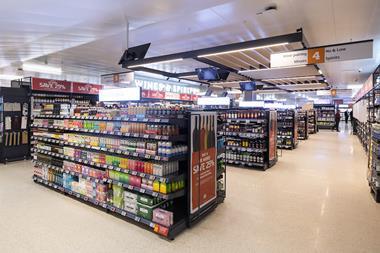
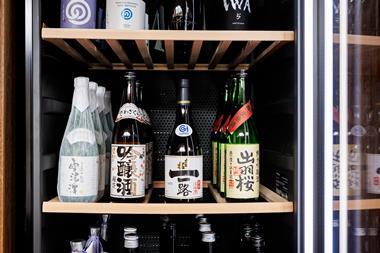
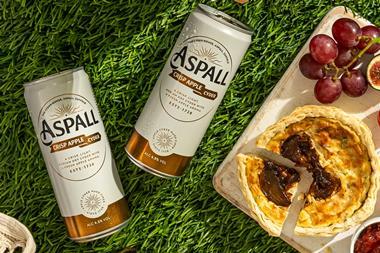
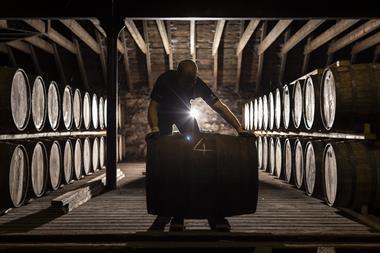
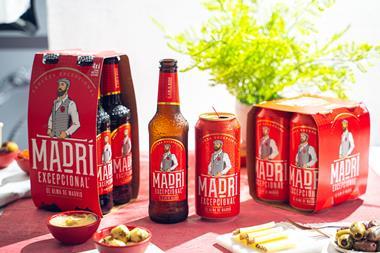
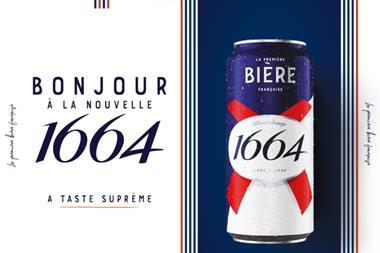
No comments yet